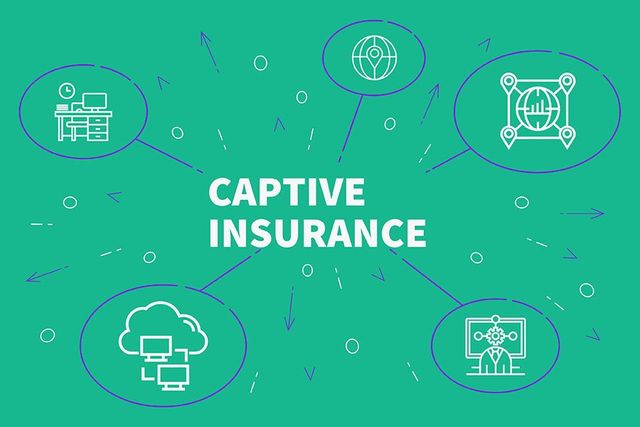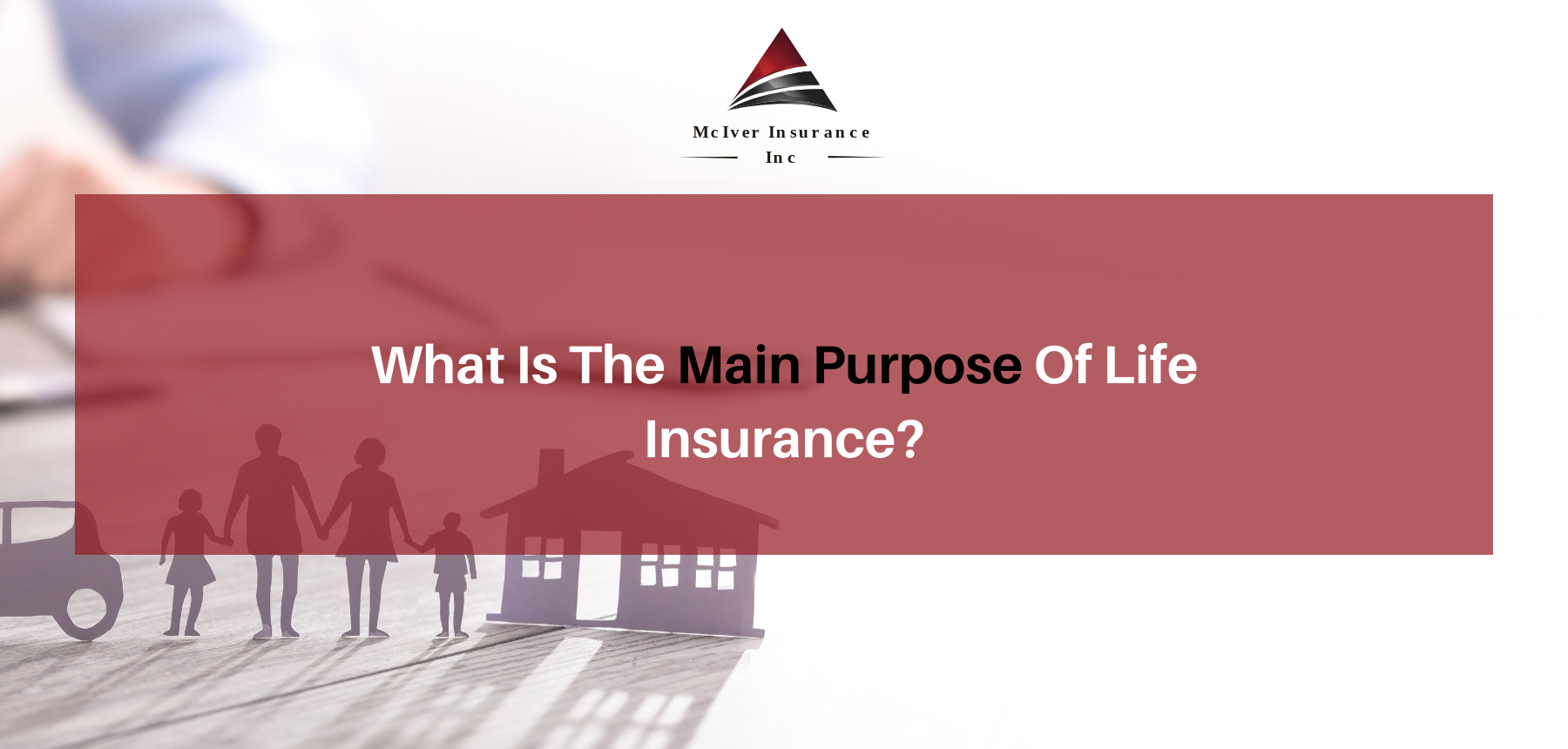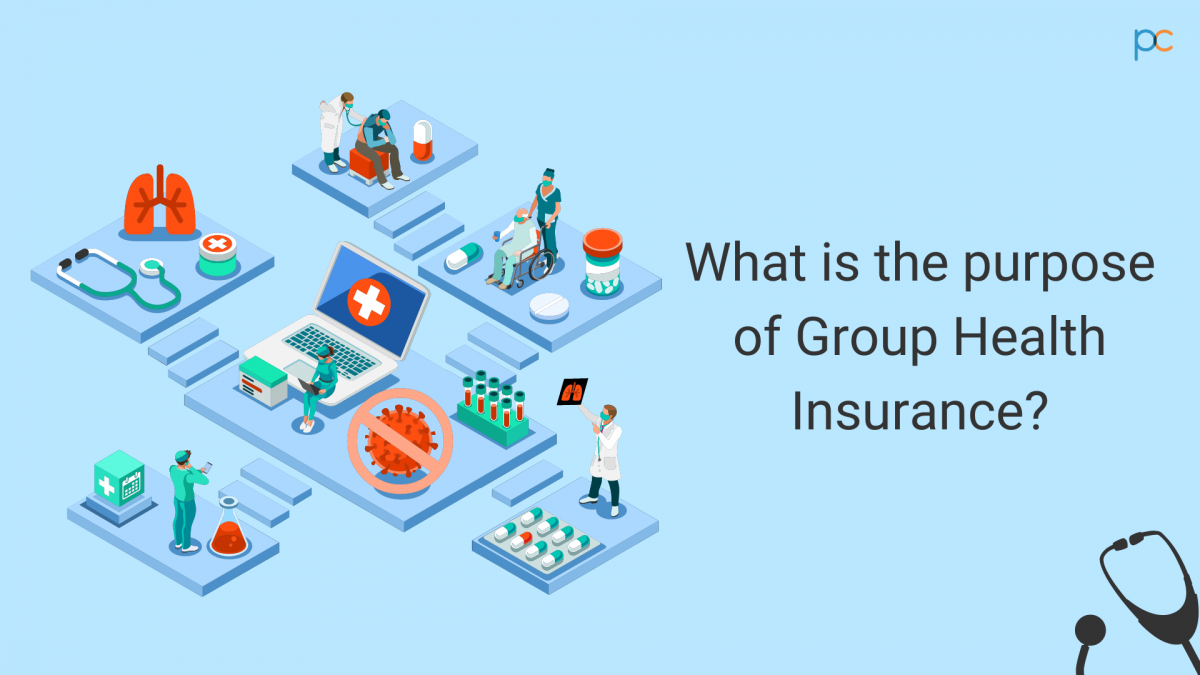The 7-Minute Rule for Pacific Prime
The 7-Minute Rule for Pacific Prime
Blog Article
Not known Facts About Pacific Prime
Table of ContentsHow Pacific Prime can Save You Time, Stress, and Money.Pacific Prime for BeginnersThe 6-Minute Rule for Pacific PrimeGetting My Pacific Prime To Work
In the majority of states, the insurance company is called for to send you a duplicate of the adjustments to your plan. It is important that you read Recommendations or Riders so you understand how your policy has actually transformed and if the plan is still ample to fulfill your requirements. To acquire a duplicate of your insurance plan, please contact your insurance coverage agent or company.
The Institute of Medication (IOM) Board on the Repercussions of Uninsurance launches a prolonged assessment of evidence that addresses the importance of medical insurance protection with the magazine of this report. Protection Matters is the initial in a series of six records that will certainly be provided over the next 2 years documenting the reality and effects of having an approximated 40 million individuals in the United States without medical insurance coverage.

Getting The Pacific Prime To Work
The goal of this collection of studies is to redouble plan attention on a historical trouble. Following the lengthiest financial expansion in American history, in 1999, an approximated one out of every six Americans32 million grownups under the age of 65 and more than 10 million childrenremains uninsured (Mills, 2000).

Ten percent of the population represent 70 percent of healthcare expenditures, a relationship that has stayed continuous over the past three decades (Berk and Monheit, 2001) - global health insurance. Thus wellness insurance coverage remains to serve the function of spreading risk even as it significantly funds regular treatment. From the perspective of healthcare companies, insurance policy lugged by their people aids secure a revenue stream, and neighborhoods benefit from monetarily viable and stable health treatment practitioners and institutions
Government offers medical insurance to populaces whom the private market may not serve efficiently, such as disabled and senior citizens, and populations whose access to health care is socially valued, such as youngsters and expectant ladies. The utmost ends of health and wellness insurance coverage for the private and communities, including office neighborhoods of workers and companies, are enhanced wellness results and lifestyle.
Our Pacific Prime Diaries
Staff members place health insurance first by far in relevance amongst all the advantages provided in the office (Salisbury, 2001). Although there have actually been substantial investments of individual and public funds to supply medical insurance, many individuals still have no coverage. Regardless of substantial coverage of survey searchings for and healthcare research study results, the public remains overwhelmed and misinformed about Americans without health insurance and the ramifications of doing not have insurance coverage.

Without doubt, the complexity of American health and wellness care financing systems and the wealth of resources of info include to the general public's confusion and apprehension about medical insurance data and their interpretation. This report and those that will certainly follow aim to boil down and present in easily easy to understand terms the extensive research that bears upon concerns of health and wellness insurance policy protection and its relevance.
Fifty-seven percent of Americans polled in 1999 believed that those without medical insurance are "able to obtain the treatment they need from physicians and health centers" (Blendon et al., 1999, p. 207). In 1993, when nationwide focus was concentrated on the troubles of the without insurance and on pending wellness treatment regulation, just 43 percent of those polled held this idea (Blendon et al., 1999).

They likewise receive less preventative solutions and are less most likely to have normal take care of chronic problems such as high blood pressure and diabetic issues. Chronic conditions can bring about costly and disabling problems if they are not well managed (Lurie et al., 1984; Lurie et al., 1986; Ayanian et al., 2000). One nationwide study asked more than 3,400 adults concerning 15 very severe or morbid problems.
The Only Guide to Pacific Prime
Extra proof exists later in this phase in the conversation of insurance policy and accessibility to healthcare. https://pacificpr1me-2.creator-spring.com. People without health insurance policy are young and healthy and balanced and pick to go without coverage. Nearly half (43 percent) of those surveyed in 2000 thought that people without medical insurance are more probable to have wellness issues than people with insurance
Citizens and plan makers in emphasis group discussions characterize those without insurance policy as young people who have the opportunity to be covered and feel they do not need it (Doorperson Novelli, 2001). Compared to those with at the very least some private protection, the uninsured are much less likely to report important source remaining in outstanding or really great wellness (Agency for Health Care Study and High Quality, 2001).
RESOURCE: Center for Expense and Funding Studies, Company for Health Care Study and Quality, based on MEPS information. Youthful grownups in between 19 and 34 are much more likely to lack medical insurance than any type of other age. This is chiefly because they are much less often eligible for employment-based insurance policy due to the nature of their work or their brief period in it.
The perception that individuals without insurance policy have better-than-average health and wellness complies with from puzzling the fairly young age profile of the without insurance with the better wellness, on standard, of more youthful individuals. This covers the web link in between wellness standing and wellness insurance. For those without access to workplace health insurance, poor health and wellness is a prospective barrier to buying nongroup coverage because such protection might be highly priced, exclude preexisting problems, or be simply not available.
Report this page